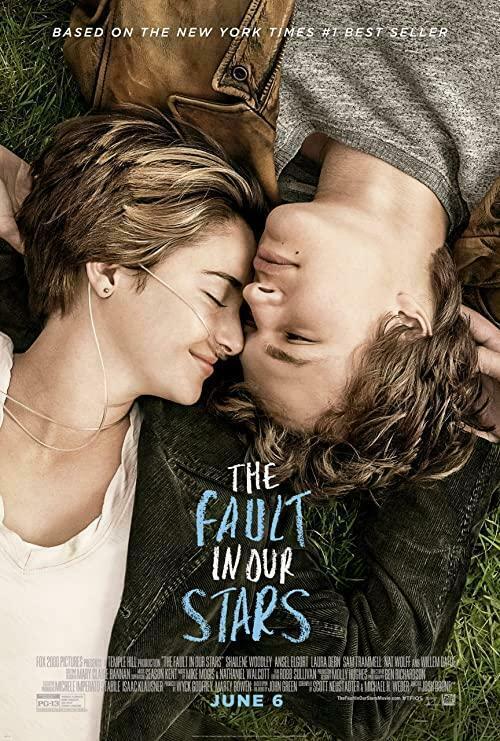So called “sick lit” is an emerging form of contemporary young adult fiction that features a disabled protagonist who has a physical or mental disability (or both). If there were a sick lit shelf at the bookstore, it would include bestsellers and box office hits like John Green’s The Fault in Our Stars and Looking for Alaska, and Rachael Lippincott’s Five Feet Apart.
While all of these authors felt inspired to write “sick lit,” the problem stems from the fact that these authors are able-bodied, which limits the representation of actual disabled people. According to an interview with Pittsburgh City Paper, Rachael Lippincott adapted the screenplay for Five Feet Apart into a novel for Simon & Schuster. While the screenplay was reviewed by Claire Wineland, who has cystic fibrosis (CF), the novel wasn’t written by her. It’s not possible to ascertain why the book wasn’t written by someone with CF, but what is evident is the lack of representation in the genre.
Sick lit is a lucrative genre, with The Fault in Our Stars selling over 1.8 million copies and Five Feet Apart selling over three hundred thousand copies, according to Bookscan. Both of these books went on to be adapted into movies. Five Feet Apart has earned over ninety-one million dollars worldwide, and The Fault in Our Stars has earned over three hundred million dollars worldwide.
None of this is to say that these stories shouldn’t be told or that John Green should stop writing (because it’s clearly working). But what could be more powerful than a young person reading a story about a disabled character? Reading a story written by a disabled author. The amount of validity, transparency, and honesty that their perspective brings to the page would be insurmountable.
The problem with sick lit is not only the lack of representation but also the lack of accessibility. YA books that aren’t bestsellers have a harder time marketing to a wider audience for their commercial appeal, which in turn makes it harder for younger people to find the right book. Maybe the real issue comes down to the marketing itself. Young people generally want a “cool” book (“cool” being the operative and ultimately unattainable goal we all someday learn). With the right marketing, publishers can make just about anything cool. Just look back at the Dan Brown craze of the early 2000s.
I think that honest representation makes marketing a book easy because the novel speaks for itself. Authors need to write their own stories, and I hope in the future they are represented and supported by publishers so that these stories—the ones with honesty and vulnerability—can reach the young adults who need it.

